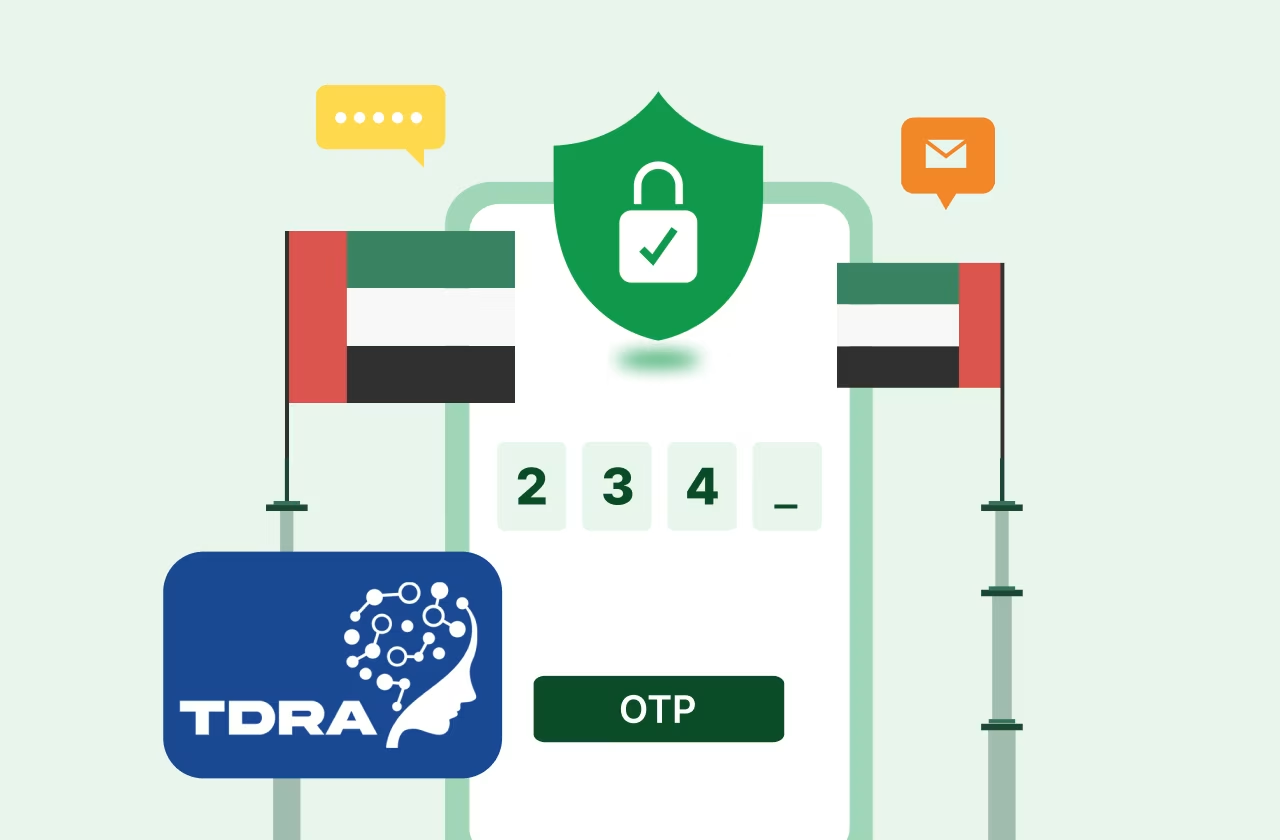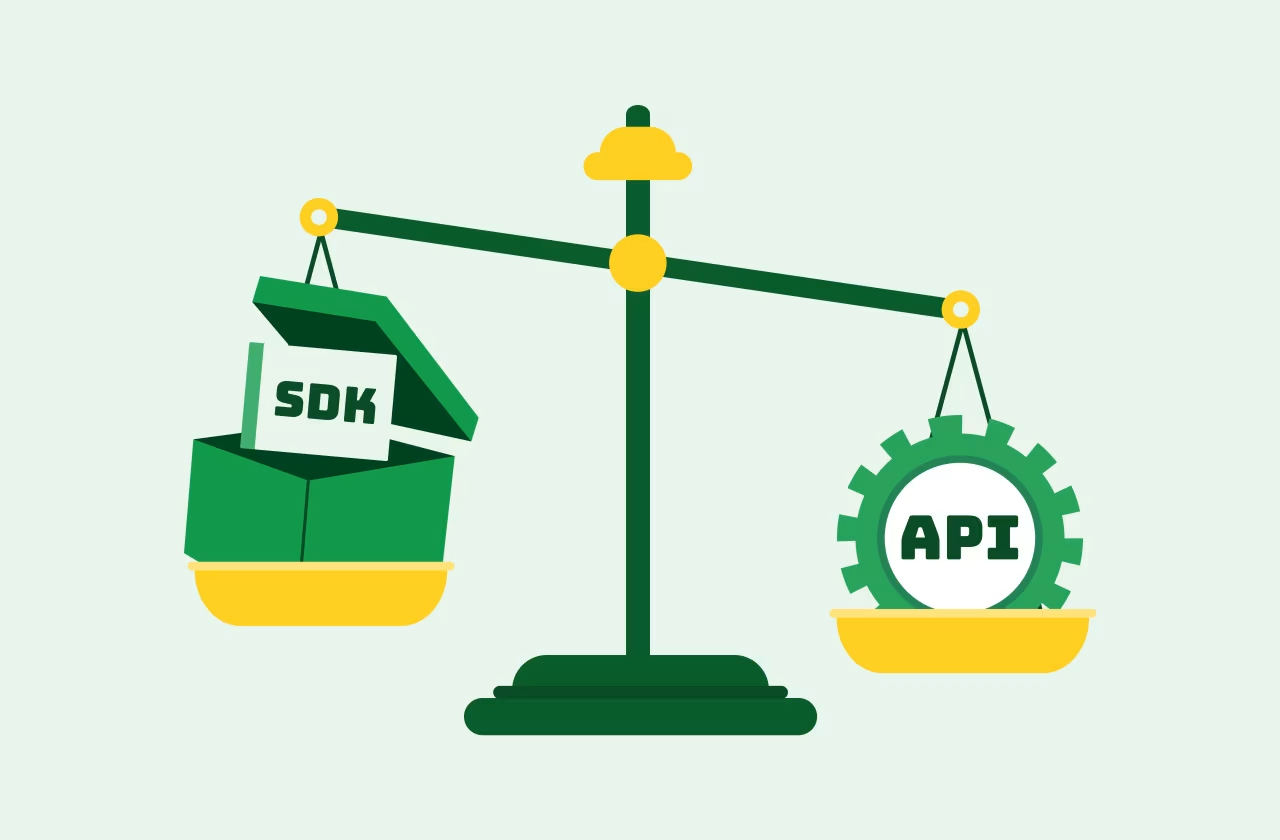Key Takeways
- Compare smart: Evaluate OTP providers by delivery rate, fallback support, AIT protection, and cost transparency, not just price per message.
- Watch hidden costs: Beware of Artificially Inflated Traffic (AIT) and retry loops that silently inflate your bills.
- Test before you commit: Run a pilot in target regions, monitor delivery and latency, then scale confidently.
Introduction: Why Picking the Right OTP Provider Matters
In the digital age, user verification, fraud prevention, and seamless onboarding hinge on one thing: a reliable one-time password (OTP) system. But not all OTP providers are created equal. Choosing the wrong one can lead to high costs, failed deliveries, poor user experience, and regulatory headaches.
In this guide, you’ll learn:
- How to evaluate OTP providers using a structured decision framework
- Real comparison of top providers (including strengths & tradeoffs)
- Pricing benchmarks and hidden cost traps
- Best practices for integration and migration
- Vertical use cases, objections, and answers
If you’re assessing providers or preparing for an upcoming project, you’ll find this guide valuable.
Checkout our OTP integration guide and go live with lightning fast OTPs in less than 15 minutes. (No Sender ID hassles!)
OTP Use Cases & Business Value (Brief Recap)
What Is an OTP (Very Brief Recap)
An OTP (One-Time Password) is a dynamically generated code (numeric or alphanumeric) valid for a short period. It serves as a secondary authentication factor or verification step (e.g. login, transaction, password reset).
Core Use Cases & Why It’s Critical
- User sign-up / onboarding verification
- Transaction approval / high-risk operations
- Password resets / account recovery
- Multi-factor authentication (MFA / 2FA)
When fraud, identity theft, or account abuse are at stake, having a robust, high-quality OTP infrastructure is non-negotiable. Failed OTPs lead to user drop-offs, support costs, and reputational risk.
What to Evaluate in an OTP Provider: Decision Criteria
Here’s a decision framework (the “scorecard”) you can use to compare OTP providers objectively:
Pro tip: Don’t assume “global SMS provider = good everywhere.” Network failures, regulatory filtering, and regional constraints make coverage + fallback essential.
You may name this your OTP provider scorecard and use it to score vendors during evaluation.
Top OTP Providers in 2026: Comparison & Profiles
Below is a comparison of leading OTP providers. These are included for illustration; your priority should be providers you can closely benchmark against or that serve your target geographies.
industry reviews like Nimblechapps’ “Top 10 OTP Service Providers” (e.g. Twilio, MSG91, Exotel) ; EngageLab’s OTP provider reviews
Deep Dive Snapshots
Twilio Verify
- Pro: Excellent documentation, global SMS + voice fallback, good deliverability.
- Con: In many markets, costs are high; managing costs at scale is non-trivial. Concerns have been raised about the quality of customer support and service.
MSG91
- Pro: Cost advantages in India / South Asia; local relationships with telecoms.
- Con: Limited fallback beyond SMS in many geographies.
Exotel
- Pro: Strong local presence in India + Southeast Asia, tailored for local compliance.
- Con: May lack global scale in certain markets.
Message Central
- Pro: (Direct carrier connectivity for high coverage, 100% deliverability due to in-built fallbacks, and low cost to send OTPs to 190+ countries without a single Sender ID registration.)
- Con: If you do not have your own sender ID, you’ll have to use a shared Sender ID to send OTPs.
P.S.- These snapshots are illustrative. You should run a side-by-side benchmark (deliverability, latency, cost) across the geographies and volumes you care about.
Pricing Benchmarks & Hidden Cost Traps
Understanding pricing structure and hidden costs is key to avoid surprises.
Typical Pricing Models
- Per-OTP / per-message cost (e.g. $0.005 per SMS)
- Retry / fallback fees: Additional charge if SMS fails and you fall back to voice or alternate channel
- Regional / country surcharges: Certain geo’s cost much more than others due to telecom bridging
- Monthly minimums / fixed fees: To keep the line open, or minimum message commitments
- Campaign / use-case registration fees: Especially in regulated markets (e.g. India)
- Overage / surge pricing: When usage spikes above committed volume
Don't want to complicate your pricing? Message Central’s VerifyNow offers a pay-as-you-go pricing model that ensures you can easily authenticate your customers without breaking the bank.
Example Benchmark: RingCaptcha publishes comparison of SMS / OTP pricing across providers like Twilio, MessageBird, Nexmo, Infobip.
Also, Message Central’s blog on U.S. OTP SMS pricing describes campaign fees and messaging use-case classification
Sample Cost Scenario (Hypothetical)
Hidden Cost Traps & Mitigations
- Excessive retry / fallback usage: monitor fallback usage and optimize logic.
- Unanticipated telecom filtering / blocking: causes resend attempts or drop rates.
- Volume surcharges or tiered price jumps: know thresholds.
- Low throughput quotas / throttling: if provider caps throughput, your peak flows suffer.
- Audit / compliance costs: in some markets, OTP traffic must comply with telecom or regulatory audits.
Use real-world logs and pilot runs to validate cost assumptions.
Integration & Implementation Best Practices
API / SDK Integration
- Prefer REST APIs or WebSockets with proper authentication (e.g. VerifyNow OTP API).
- Use SDKs (Android, iOS, Java, Node, Python) to simplify requests and error handling (checkout our SDK).
- Implement idempotency / deduplication to avoid double sends.
- Use webhooks / callbacks to capture delivery status / failures.
Fallback Logic Design
- Primary → Retry → Fallback chain (SMS → voice / whatsapp / push)
- Use exponential backoff on retries rather than aggressive retries.
- Cap maximum retries per user to avoid abuse.
Throttling, Queuing & Rate Limiting
- Implement internal throttling to avoid overwhelming provider quotas.
- Use queuing / buffering to absorb bursts.
- Monitor provider-level rate limits or “429 Too Many Requests” responses.
Monitoring & Telemetry
- Track metrics: send rate, success rate (%), latency, error codes, fallback rate.
- Set alerts for abnormalities (e.g. sudden drop in success rate).
- Log failed messages and reasons for investigation.
Migration or Multi-provider Strategy
- Use provider abstraction layer / adapter pattern so you can swap providers easily.
- Run pilot / A/B traffic to benchmark new providers before full cutover.
- Maintain a fallback provider for resilience (multi-provider failover).
Vertical / Use-Case Considerations + Real Examples
OTP needs differ by industry vertical. Here are some examples and challenges:
Fintech / Banking
- High regulatory & security demands
- Low tolerance for OTP failure
- Regional compliance & data residency
E-commerce / Retail
- High peak volume (sales events)
- Multi-region customer base
- Balancing cost and reliability
Health / Telemedicine
- Privacy, PHI, data compliance
- Must handle critical operations
Gaming / Social Apps
- Fast user experience matters
- Accept some fallback as less critical
Objections & Risks: Answers for Decision Makers
Decision Checklist & Next Steps
OTP Provider Evaluation Checklist
- Delivery success ≥ 98% in key geographies
- Fallback support (voice, email, push)
- Transparent pricing & no hidden fees
- Strong API / SDKs & developer experience
- Real-time monitoring & alerting
- SLA ≥ 99.9% uptime
- Compliance with regulations (GDPR, telecom, local laws)
- Abstraction layer to enable provider swap
Score each vendor using the scorecard shared in this blog.
Pilot / Selection Roadmap
- Run a pilot (e.g. 1000 OTPs) across your target geographies
- Monitor delivery rates, latency, fallback usage, costs
- Compare with incumbent or reference provider
- Evaluate qualitative aspects (support, ease of debugging)
- Decide and cut over gradually
- Continue to monitor and iterate
Start your pilot with Message Central today and get 1000 Free OTPs when you sign up, so you can test out without any commitments!
FAQs
Q) How does OTP compare to push / authenticator apps / passkeys?
A: OTP (SMS / voice) is universal and doesn’t require app installation. But push / TOTP / passkeys offer better security and UX in some flows.
Q) Can I self-host OTP logic instead of using a provider?
A: Yes, but you’ll take on cost, scale, deliverability, telecom relationships, fraud protection, and maintenance burdens. It’s often better to use a specialist provider like Message Central’s VerifyNow and focus on business logic.
Q: How often should I re-evaluate my OTP provider?
A: At least annually, or whenever you expand to new geographies or see cost / deliverability shifts.
Conclusion
Choosing the best OTP provider for your business is a high-stakes decision. A poor one can hurt conversion, user experience, and escalate costs. But with a structured evaluation framework, side-by-side benchmarking, fallback logic, and a clear pilot roadmap, you can choose confidently.
Use the provider scorecard, test multiple vendors in real-world geographies, and build your system to be flexible (to swap providers). Start with a small pilot, monitor key metrics, then scale.
Ready to test? Login to get your 1000-OTP trial or schedule a demo with Message Central today and see how we perform on your geographies.




.avif)





